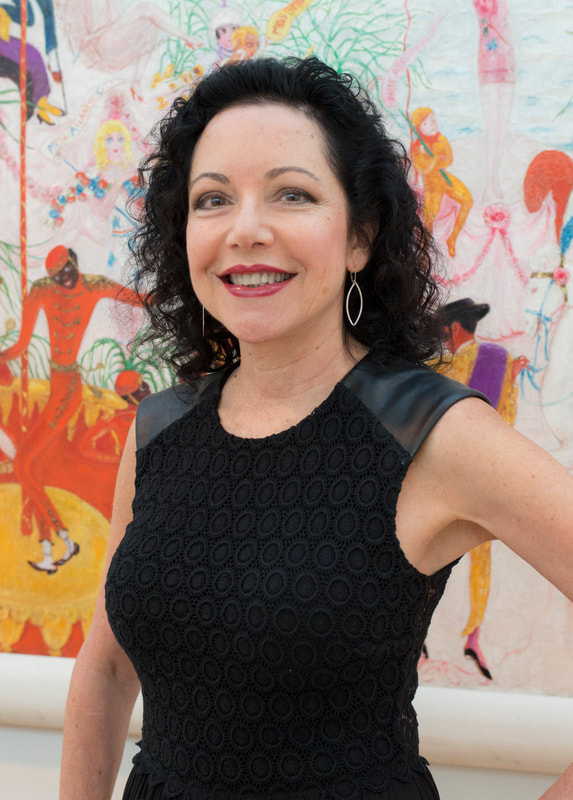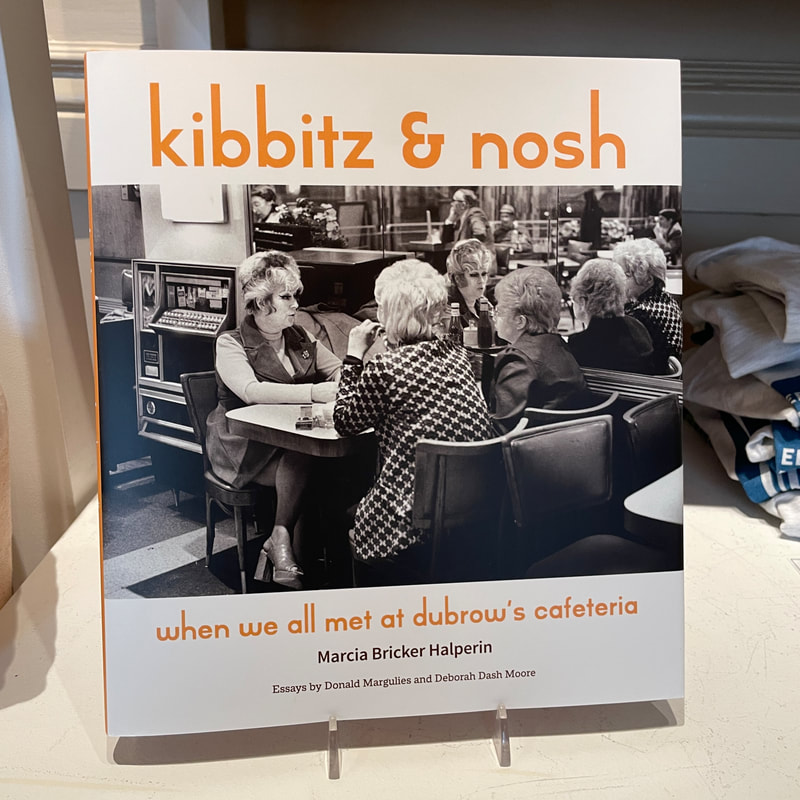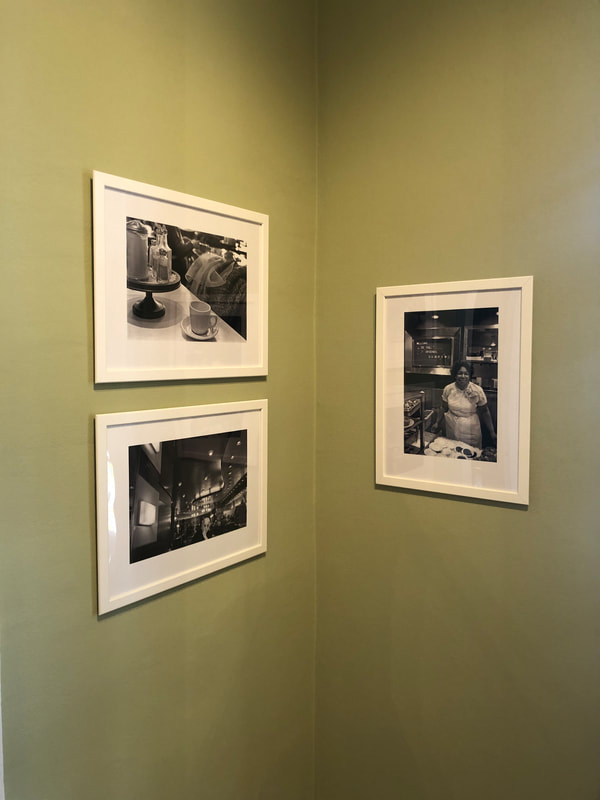NEW YORK CITY’S VANISHING CAFETERIAS PHOTOGRAPHS BY MARCIA BRICKER HALPERIN
April 13 - June 25, 2023
April 13 - June 25, 2023
Edward Hopper House Museum & Study Center is pleased to present Kibbitz & Nosh: New York City’s Vanishing Cafeterias, an exhibition of over 25 photographs by Marcia Bricker Halperin documenting the waning years of New York City’s self-service dining establishments. Among the locations she photographs between 1975 and 1985 are Horn & Hardart automats and Dubrow’s, a popular family-owned chain of cafeteria-style restaurants in Manhattan and Brooklyn that closed its doors in 1985. Halperin’s black-and-white photographs recall some of Edward Hopper’s most iconic oil paintings, such as Automat (1927, Des Moines Art Center), Chop Suey (1929, private collection), Sunlight in the Cafeteria (1952, Yale University Art Gallery), and, of course, Nighthawks (1842, Art Institute of Chicago). Both artists capture figures at popular eateries in isolated contemplation or private social interaction.
As Hopper’s canvases from the 1920s to ‘50s suggest, midcentury New York was stippled by restaurants offering low-priced food and beverage. Their growth coincided with swelling immigration, an expanding middle class and workforce, and the upward independence and evolving roles for women. Like Hopper, Halperin creates open-ended narratives by portraying figures engaged in isolated contemplation or private social interaction within the eateries’ atmospheric architectural interiors. Privy to the moment, the photographer, as the painter, remains on the outside looking in.
Kibbitz & Nosh also sheds light on the sense of community that Dubrow's offered to an aging and assimilating Jewish population, still cognizant of their families’ immigration from European shtetls at the turn of the twentieth century yet striving to fit into contemporary American society. Taken with a twin-lens reflex and a 35mm film camera and relying on natural and available lighting, Halperin’s images include portraits of customers alone and with friends and of workers behind the counter and on the cafeteria floor. Other photographs capture the midcentury atmosphere of the eateries’ graceful and ultra-modernist interiors. It was not unusual for Dubrow’s elder clientele (which included ex-vaudeville performers and prize fighters, taxi drivers, bookies, and Holocaust survivors) to arrive dressed in lipstick, leopard pattern coats, kerchiefs, and fedoras and table hop to gossip and dine—‘kibbitz & nosh’—on gefilte fish, kasha varnishkes, or blintzes.
Kibbitz & Nosh also sheds light on the sense of community that Dubrow's offered to an aging and assimilating Jewish population, still cognizant of their families’ immigration from European shtetls at the turn of the twentieth century yet striving to fit into contemporary American society. Taken with a twin-lens reflex and a 35mm film camera and relying on natural and available lighting, Halperin’s images include portraits of customers alone and with friends and of workers behind the counter and on the cafeteria floor. Other photographs capture the midcentury atmosphere of the eateries’ graceful and ultra-modernist interiors. It was not unusual for Dubrow’s elder clientele (which included ex-vaudeville performers and prize fighters, taxi drivers, bookies, and Holocaust survivors) to arrive dressed in lipstick, leopard pattern coats, kerchiefs, and fedoras and table hop to gossip and dine—‘kibbitz & nosh’—on gefilte fish, kasha varnishkes, or blintzes.
Halperin first began documenting the city’s ‘vanishing cafeterias’ as a student at Brooklyn College in the 1970s. “One February day, while photographing reflections in store windows, my fingers froze solid onto my Honeywell Pentax camera,” she recalls. “That's when I headed through the revolving doors into Dubrow's Cafeteria. I took a ticket from the man at the door and found myself looking out at a tableau of amazing faces. There was light, reflections, patterns, textures, sweeping architectural features and remarkable subjects all for the price of a cup of coffee, then 25 cents.”
Also complementing the exhibition will be Marcia Bricker Halperin’s book Kibbitz & Nosh, When We All Met at Dubrow's Cafeteria, published by Cornell University Press, to be released in May 2023. The book features essays by the Pulitzer Prize–winning playwright Donald Margulies and the lauded historian of the Jewish-American experience Deborah Dash Moore that illuminate and contextualize eighty of Halperin's poignant photographs.
ABOUT THE ARTISTMarcia Bricker Halperin, a lifelong Brooklynite, has been photographing the character and landscape of New York City since the 1970s. She received a Master of Fine Arts from Brooklyn College and soon after had her first solo exhibition at the Midtown Y Gallery. In the late 1970s, she was active in the Photographers Forum, an organization that was a continuation of the 1940s Photo League, reflecting their humanistic and aesthetic concerns. She went on to spend 35 years in K-12 education teaching art and photography and using her creativity in special education with disabled and autistic students. Since retiring, she has been scanning and printing large bodies of unseen negatives from her archives. Through her photography she hopes to relate a human story of a specific time, capture a place's essence, and freeze details of life.
|







































